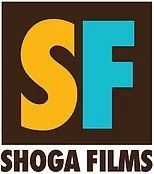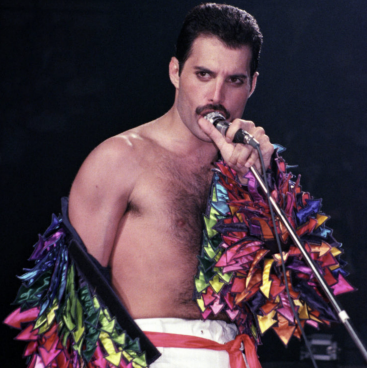Hiding in Plain Sight: Zanzibar’s Most Famous Shoga
Farrokh Balsara was born in Zanzibar’s Government Hospital on September 5, 1946 to Parsee parents, followers of Zoroastrianism. Farrokh’s father, Bomi Bulsara, came from Bulsar in Gujurat – hence the family name – and moved to Zanzibar to work in the High Court as a cashier for the British government.
Farrokh’s first years of schooling were at the Zanzibar Missionary School, where he was taught by Anglican nuns. At the age of eight, his parents sent him to a Church of England school in India. When he was almost done with his secondary school and completing his final year back in Zanzibar, the 1964 revolution overthrew the ruling elite, and the Bulsaras permanently relocated to Middlesex, England. By this time Farrokh was calling himself “Freddie” and took on the name “Mercury” in 1971, one year after forming Queen.
Queen went on to one of the biggest careers in rock music: 18 number-one albums, 18 number-one singles, 10 number-one DVDs, over 170 million records sold. Freddie Mercury wrote Queen’s most famous single, “Bohemian Rhapsody,” and was the most flamboyant of the band members, but in the era of glam rock and heavy metal, Freddie’s style didn’t necessarily peg him as gay.
Freddie’s deepest emotional relationship was with Mary Austin to whom he was engaged until he confessed to her that he was bisexual. They remained best friends. During the 80s, Freddie delved deeper and deeper into the gay life of London and New York, eventually modeling his look after the “Castro Clone” – tight clothes over a worked-out body, short hair, prominent moustache. It was an odd game of hiding in plain sight. Everybody in Freddie’s inner circle knew about his sexual orientation but he stayed silent on the subject for the rest of his life. Of course coming out in the 80s would have negatively affected his career and possibly the trajectory of the band as well.
During the 80s, AIDS was spreading throughout that community. After displaying some signs of illness, his own HIV infection was confirmed by the late '80s. Even after developing AIDS, he denied reports about his illness and being gay. He was more upfront with his bandmates, but never told his family why he was ill .It wasn't until November 23, 1991, that he issued a statement that said in part: "Following enormous conjecture in the press, I wish to confirm that I have been tested HIV-positive and have AIDS. I felt it correct to keep this information private in order to protect the privacy of those around me." He died the next day.
Freddie’s connection to Zanzibar is relatively slender, but Stone Town houses a small Freddie Mercury museum placing the first eight years of his life in socio-historical context and goosing up quotes from childhood friends and family that were curated after his death.
As you might imagine in this conservative Muslim society, no mention is made of Mercury’s sex life or the fact that he died of AIDS at the age of 45. I asked a few Zanzibaris with whom I felt comfortable if they knew that Mercury was a shoga, and their response was a wry acknowledgment that of course, everybody knew! You just didn’t talk about it in polite society
Recent Posts
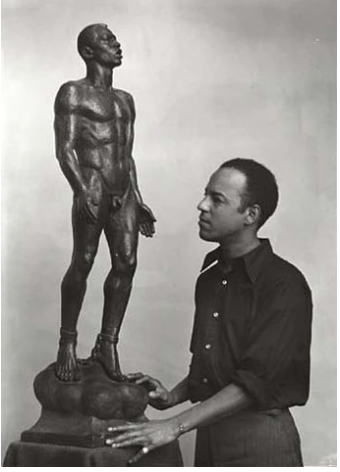
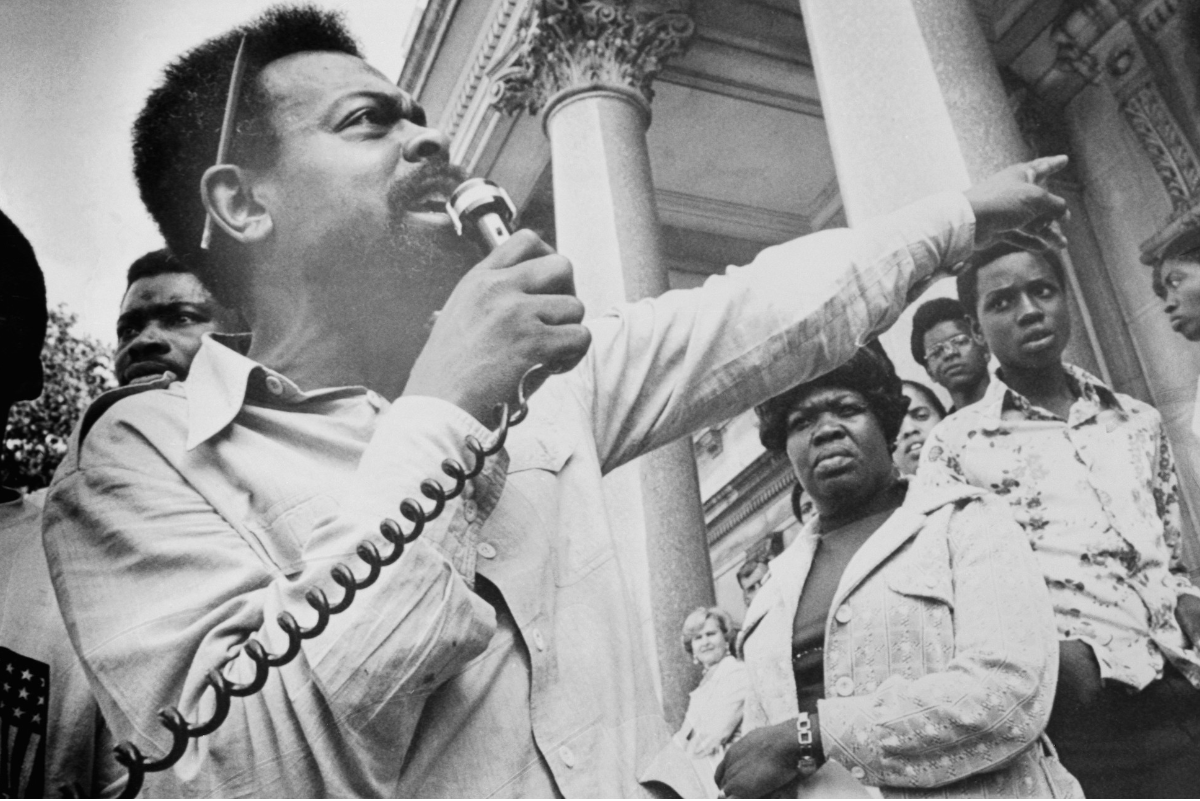
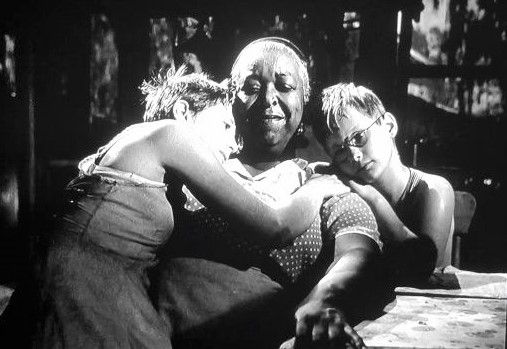
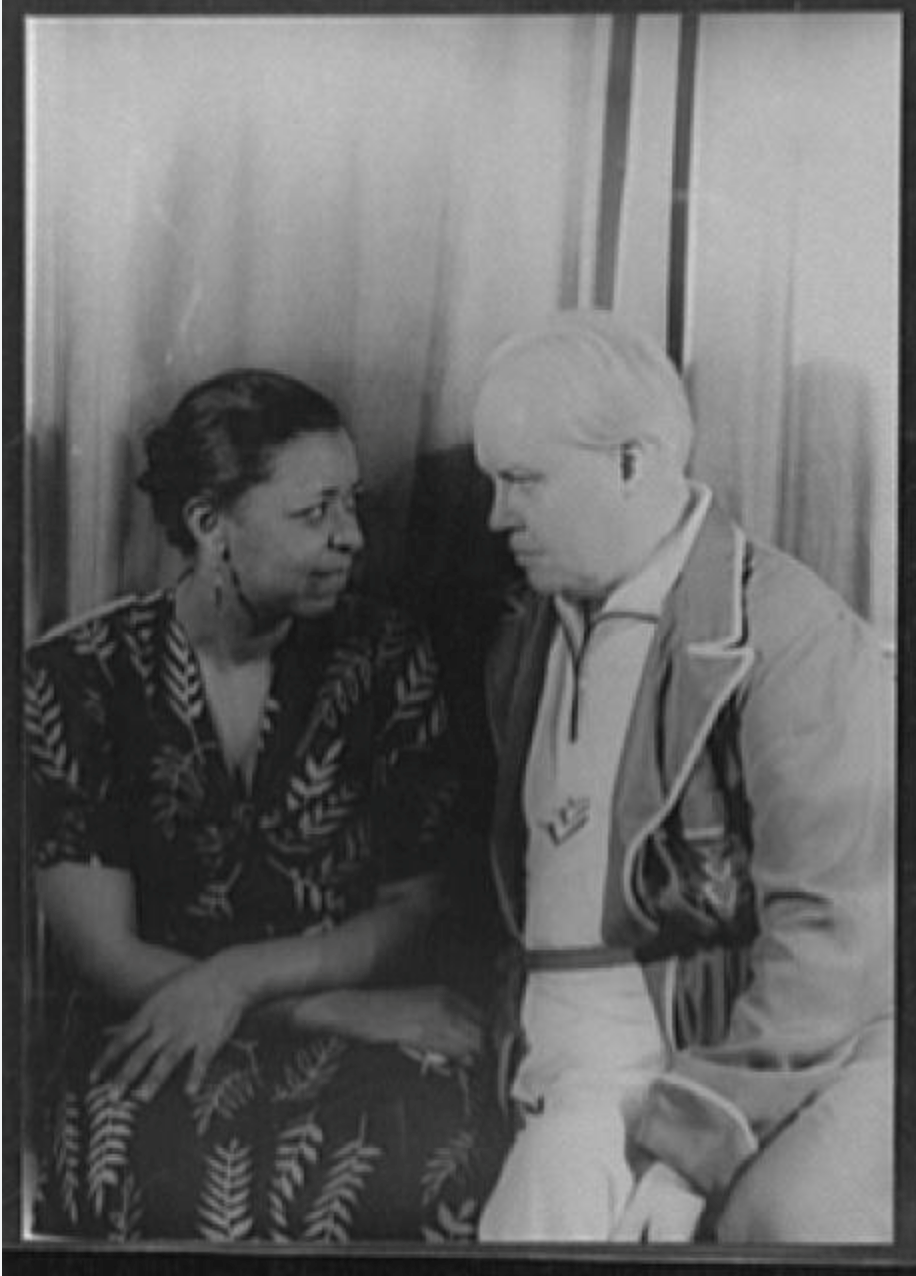
SHOGA FILMS is a 501(c) (3) non-profit production and education company. We create multimedia works around race and sexuality that are intended to raise awareness and foster critical discussion.
Contact Us
All Rights Reserved | Shoga Films
Stay Connected
Thanks for subscribing!
Please try again later.

